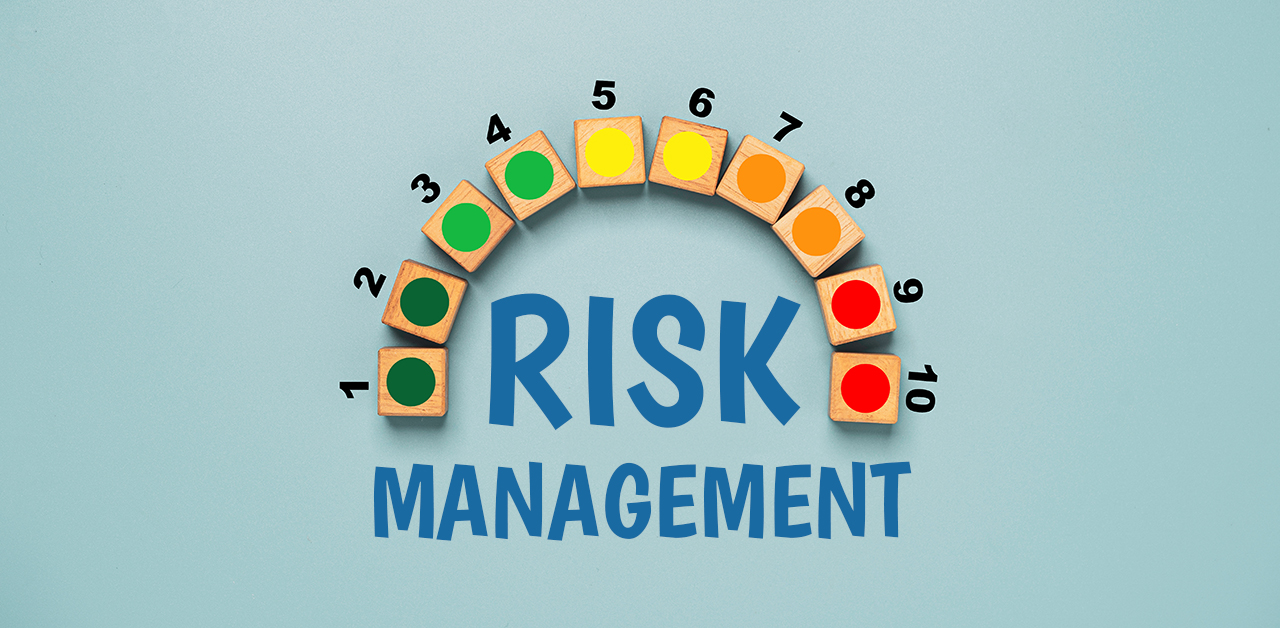Here’s our list of the five biggest data center trends to hit the market in recent years.
All Flash Storage
Flash storage has taken off in a major way. Experts estimate that solid state drive (SSD) sales will rocket from 31 million in 2012 to 227 million by 2017, while hard disk drive sales decline. The SSD format is rapidly becoming popular among personal computer and laptop manufacturers as well as in data centers.Comparisons between traditional hard disk drives and solid state suggest SSD is slated to blast off, leaving HDD in the dust of obsolescence. Solid state drives provide more stability, speed, and a longer lifespan than the hard disk drives. It can be costlier to install SSD, but the savings over time from stability, speed, and longevity make SSD a worthy investment.
Microsegmentation
As data demands increase exponentially, data centers must find better ways to protect against security breaches. The previous model of security has mostly entailed centralized, hardware-specific perimeter security systems that sacrifice flexibility and require layers of additional security measures to be piled on top of one another, rather than targeting the vulnerabilities within data center architecture directly.Microsegmentation distributes security backup to each hypervisor within the architecture. This creates integrated, smaller protected zones to make managing security easier. Each part works together on security measures while shielding vulnerable points.
Many data centers are citing security as a high priority in the age of cloud architecture and rising cybercrime. An ESG survey shows that 81% of respondents plan to implement microsegmentation security.
Converged Infrastructure
Converged infrastructure is perhaps one of the most prolific trends to sweep across data centers. This new form of infrastructure promises hardware consolidation, minimal energy consumption, and integrated networking using hypervisor systems and virtualization.The benefits of converged infrastructure multiply with the promise of increased redundancy, energy efficiency, networking capabilities, and reduced costs of operation. Data centers employing converged infrastructure consist of components functioning together as part of a larger organism, in contrast with traditional data center models that require one piece of hardware to encase and execute a single operation.
The technology also reduces IT maintenance needs. By saying goodbye to legacy infrastructure contained in silos, data centers are joining the rest of the technology world in the principle of “less is more.” According to one source, converged infrastructure has grown at a 50% rate in the past year, signaling a major shift.
Hyper-Converged Infrastructure
Hyper-converged infrastructure takes things a step further. It is software-centric and utilizes just one piece of hardware to run the entire mode of data center operations. The cluster consists of intercommunicating nodes that have free transference of functionality across the system.It makes sense that data center owners are turning toward this type of infrastructure, especially small-to-medium-sized businesses. Ease of installation and a single vendor support system removes convoluted IT requirements. Consolidation reduces costs dramatically. Insiders suggest that the market will rise to a $5 billion venture by 2019—it seems hyper-convergence is here to stay.
Big Data
Data is generated at a rate of around 2.5 quintillion bytes per day, which is an enormous quantity. Our daily data dealings could fill 10 million Blu-Ray discs. The Big Data market is expected to reach the $48 billion mark by 2019 and those numbers will only increase.Companies must manage this data with a higher degree of accountability than ever before. This goes beyond the realm of trend. It’s a necessity, considering some of the shocking statistics concerning data security breaches. In fact, there was a 38% rise in security incidents from 2014 to 2015.
Big data demands will only make end-of-life considerations more challenging. More than ever, it’s critical to employ an ITAD service provider to ensure data is thoroughly wiped and destroyed and who offers fully detailed reporting to track data destruction and prevent theft.


